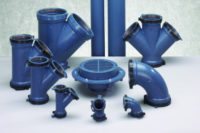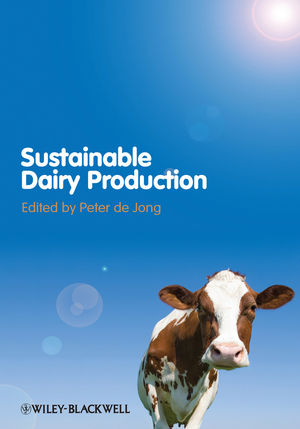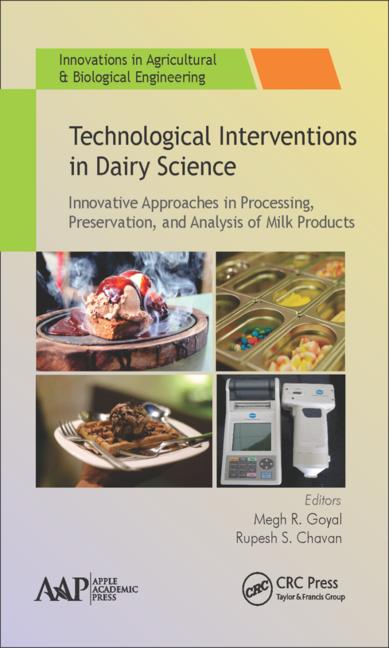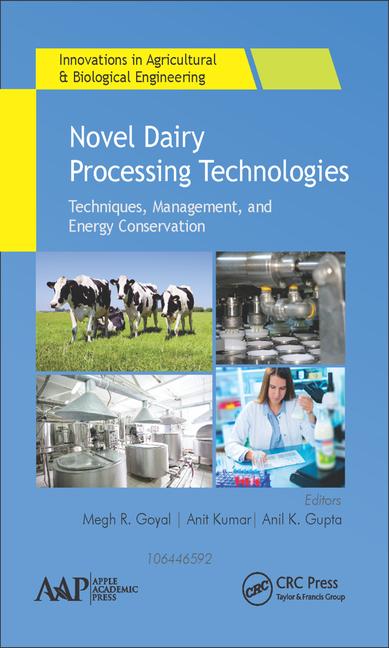Dairy plants use pigging systems to recover product, reduce waste

A valve matrix at Smith Brothers Farm allows the dairy processor to clean and/or process a variety of products at the same time. The dairy was Dairy Foods’ Plant of the Year in 2014. Photo by Vito Palmisano

Blue Bell Creameries, Brenham, Texas, uses a pigging system to recover and re-use viscous chocolate coatings. Photo by Vito Palmisano


With raw material prices rising (especially cream), dairy processors want to make sure they are using everything they buy. It is painful to watch high-priced inputs literally go down the drain. And to add insult to injury, dairies pay discharge fees to boot.
Product recovery systems (PRS), or pigging systems, are designed to recover valuable product that would otherwise be lost to waste. Blue Bell Creameries uses a pigging system on the chocolate coating line at its plant in Brenham, Texas. The ice cream maker uses four different chocolates (including milk chocolate and dark chocolate) in production of its novelties. At the end of each flavor run, the ice cream processor pigs the line so that the previous flavor (vanilla, for example) does not contaminate the next flavor (dark chocolate).
The pig, described by VP of Operations Greg Bridges as a metal bullet with rubber flanges, pushes out the viscous chocolate coating used on novelties. The coating is captured and can be reused in a later production run.
Air-blowing the line would not thoroughly evacuate the chocolate because the ingredient is so viscous, Bridges explained. Blue Bell does save money by pigging, but Bridges could not quantify the amount.
One ice cream plant in the Northeast did save $900,000 a year when it used product recovery systems for raw and pasteurized products. (For a variety of reasons, the processor no longer uses the systems.) The PRS cost about $800,000. The ice cream maker saved an estimated 100,000 gallons of mix a year that used to be disposed of as wastewater. In addition, the processor’s water use dropped 2 million gallons and wastewater treatment sludge was reduced by 725 tons.
Costs, benefits of pigging
Dairy processors looking to install a pigging system must consider the costs and benefits. The more valuable the product, the quicker the return on investment will be, said Brian Romano, the national sales director for GEA Flow Components, Portland, Maine.
Romano said that the best areas in a dairy plant for product recovery are those with long product runs, such as from a finished product tank to a filler bowl. A pig (projectile) will clear around 99% of product from its launching point to receiving point. This means there will also be benefits when cleaning the line. A processor will have less waste to dispose of and possibly less cleaning time, Romano said.
In a pigging system, an elastomer body (or pig) corresponding to the inside diameter of the tube is pushed through piping with compressed air or a cleaning agent. Nitrogen, CO2 and water can be used. Sometimes air and water are used in tandem.
The pigging process results in the pipes being almost completely emptied, according to Kieselmann GmbH, a German manufacturer of pigging systems that are distributed in North America by Archon Industries, Suffern, N.Y.
GEA’s Romano said systems can be retrofitted into existing dairy plants. If the PRS is to be installed in an existing facility, the current tube conditions must be inspected and verified to be suitable for pigging or adjusted accordingly. If the PRS will be installed in a new facility, then the tubing can be installed to the required specifications to ensure highest efficiency.
A pigging system does require a consistent inside diameter without obstructions or projections (such as instrumentation or valves). Although pigging around elbows is possible and common practice, the number of elbows within the system should be kept to a minimum to increase the life span of the pig, Romano said.
Kieselmann also points out the importance of obstruction-free pipes. It said one of the basic prerequisites for friction-free operation is the surface quality of the inner walls, as well as the quality of the welds. Orbital welding is essential for the process piping and tubing.
The return on investment is often realized within a year of installation, Romano said. The return depends on the value and type of product, length of the line, number of push-outs per time period versus the cost of the equipment, and installation. Romano gave this example: A 3-inch outside diameter line of 150 feet holds around 50 gallons (depending on the density of the product). If the product is worth $5 a gallon and is pushed out once a day over a year, the total value of the recovered product is about $90,000.
According to Kieselmann, pigging systems are a necessity for cost-conscious managers. Pigging systems provide almost total product recovery, allow for quick product change, reduce production cost, reduce cleaning cost and are environmentally friendly.
Efficiency from valves
Another way to improve efficiency in a dairy plant is to install a valve array. An automatic mix-proof valve manifold replaces a flow panel or a single-seat valve manifold. Romano said this upgrade “will always improve flexibility, efficiency, reliability, improve hygienic conditions and increase operator safety.”
Valve manifolds are instrumental in liquid processing operations to improve flexibility, operation and safety for operators, he said. Plant managers need to choose the right valve type to meet process requirements. Other important considerations are line size, drainage and ease of maintenance.
“Proper cleanability, flow direction, size of the unit and access to each component within the manifold is of utmost importance when designing the system,” Romano said. “Usually in a typical automatic valve manifold, 15 to 20 minutes of downtime between two operations (production and CIP) are avoidable. Production flexibility, time savings, product safety and operator safety are the main factors, which will influence the efficiency of the unit.”
Alfa Laval Product Manager Christian Thommen said floor space, service aisles, functionality and total cost of ownership are all important considerations when installing a valve array. The most important factor, he said, is to ensure the valve array is designed properly to meet the demands of the plant.
“The valve array needs to be an automated system that takes into consideration not only the process but also CIP requirements,” Thommen said.
Often, cost savings can be achieved on the perimeter of the valve array, which usually consists of dedicated CIP routing valves, he said. Such valves don’t need all the options that manufacturers offer; thus a processor can keep initial costs lower. Units with shorter valve pulses (less than one second) save CIP chemicals and water use, Thommen said.
Once installed, it is very important that the valve array can be easily maintained.
“We recommend that a service aisle be placed every three rows to allow maintenance personnel access to work on the valve and perform preventative maintenance,” Thommen said.
Looking for a reprint of this article?
From high-res PDFs to custom plaques, order your copy today!










